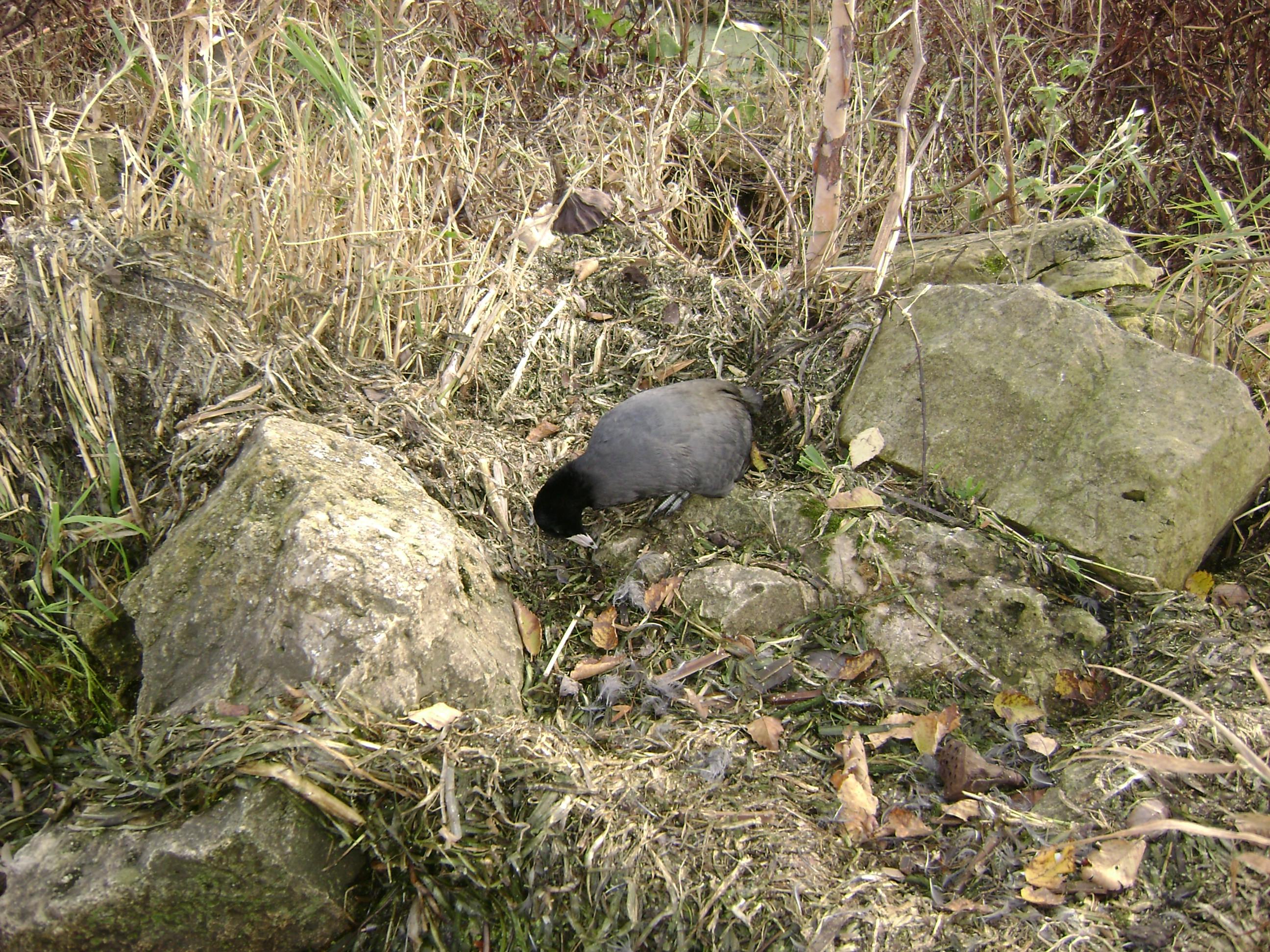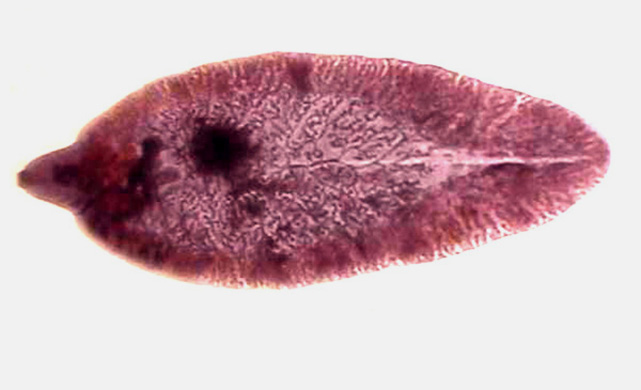Adaptation
Cyathocotyle bushiensis has had to make many adaptations in order to make its parasitic lifestyle work. It has to protect itself as well as its offspring and it has to absorb a sufficient amount of nutrients in order to stay alive.
One adaptation C. bushiensis has is the outer lining of its body called the tegument. It is thicker in some areas and thinner in others. Over the lateral and dorsal surfaces of its body it has a thick tegument (Smyth, 1966). Associated with the tegument are secretory bodies, which look like small, sphere shaped disks (Erasmus, 1972). There are also microvilli located closer to the posterior end of C. bushiensis. These microvilli have gland cells located around them as well, which have been observed to secrete esterase and phosphate. These enzymes are associated with the breakdown of the intestinal wall in ducks, so they could be contributing to the breakdown of the epithelial tissues instead of relying solely on the secretions from the holdfast. Speaking of the holdfast, the tegument covering it is much different from the tegument over the rest of the body. The tegument is much thinner over the holdfast. Because it is much thinner it works well for absorbing nutrients and secreting enzymes (Smyth, 1966).
Another adaptation includes the thick wall around the cyst stage of reproduction. Within the cyst is the larva of C. bushiensis. Not only is the wall of the cyst thick, but it also has mucopolysaccharide layers and mucoprotein woven in (Erasmus, 1972). The mucopolysaccharide makes up the mucoprotein and is a chain of sugars bonded together. These sugars may be hard to breakdown, so it provides another layer of support for the growing larva.
A final adaptation includes a sensory structure, which is associated with multiple parts. There is a bulb bearing and a papilla, which are found near the posterior end of the body. The papilla is associated with the nerve fiber and extends to outside the tegument layer in order to pick up the tactile stimuli from the host (Erasmus, 1972).

Many of these adaptations lead to the above picture. A coot sat in the rocks
where it eventually died.
Taken by: Greg Sandland
To learn more about how these adaptations work see the Nutrition page.
